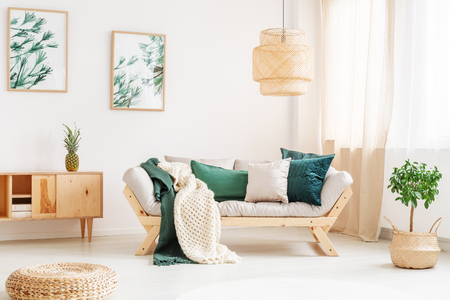DIY Guide for Installing Carpet | Part Four

Homeowners will need to understand that almost all medium to larger rooms will have a seam. Standard carpets come twelve-foot-wide sizes, so some seams are inevitable. Seaming is a task that takes a keen eye and extreme level of scrutinizing. No seam will be invisible, but creating the perfect seam should make it very hard to see in a glance. Today, we are going to focus on seaming and how it do it yourself. Let’s take a look!
Seaming
If your space is over twelve feet wide, you will need to create a seam on your carpet. First, measure your room and make your excess cuts. You will most likely be having cross seams as well to complete your room. Your carpet must all lay the same direction, so pay attention to how you unroll it before cutting! Use your row finder to run a row down the carpet with-the-grain. Using your top cutter blade, cut along your row on both pieces of carpet to create a perfectly straight edge. Your top cutter can put the blade closer or further from the carpet, so make sure you put the correct distance before cutting. Create your rowed cuts.
For your cross seams, you should flip your carpet over and cut from the back. Using the cut edge, you just created, use your right angle and straight edge to make a perfect 90-degree cut. Repeat this process for all your cross-seams.
Once you have made all your seam cuts, roll your seam tape out underneath all the areas you will be seaming. Your seam tape may have a line down the middle to help keep you perfectly aligned. Allow this line to run directly down your seam. Plug in your seam iron into your extension cord and allow it to heat up for seaming. Pull back your seam and put your iron directly on seam tape and let it heat. Start with all your cross seams and then move into your big seam. Have your carpet kicker nearby with the teeth out and ready to use.
As you heat your seam tape move down the carpet and meticulously line your carpet’s backing up to begin seaming. Keep your carpet’s fibers away from the hot seam tape as you go. Using your carpet tracker and seam weight, follow behind yourself and track the seam and apply weight – this must be a strict procedure, or it will show in the finished product! If your carpet shifts, use your kicker to move it back in place, carefully!
Seaming carpet takes practice and can be challenging, depending on the design of each carpet. Patterns, textures, backing, and even pile loop can play a significant role in how visible a seam will be. If you missed the rest of our series, be sure to check them out here.








